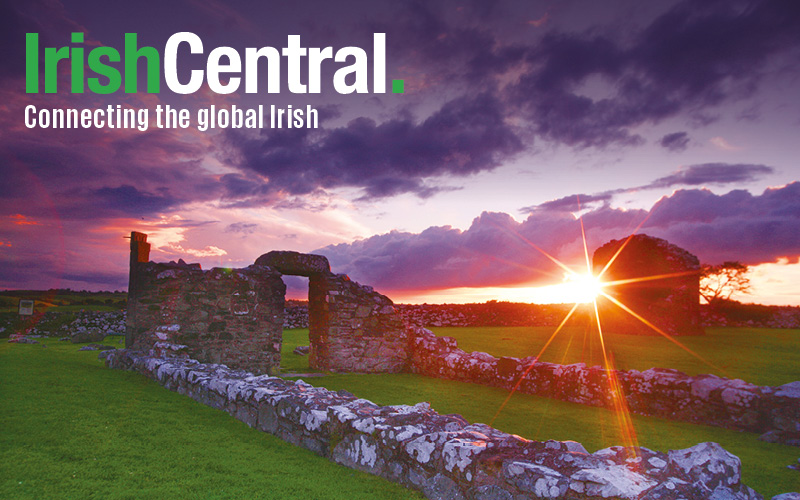Once famous for being Ireland’s richest businessman, Sean Quinn now has achieved the reputation of Ireland’s biggest debtor who may yet face jail time.
The Irish Independent newspaper traced the Quinn family’s financial and business decisions over the past decade that have led to the family’s financial disaster and the taxpayers’ hefty bill.
Sean Quinn was faced with several different financial scenarios over the past ten years or so, with barely any leaving his family with a positive outcome. Sean Quinn’s positions and decisions while dealing with with the Anglo Irish Bank, the stock market, Quinn Insurance, the burst of the technology bubble, the Japanese Yen, and his poor decision-making with his ownership of wind farms, all led to the current predicament he faces today.
In October 2005 - when the Celtic Tiger was still booming in Ireland - Sean Quinn took on risky positions at Anglo Irish Bank, AIB, and Bank of Ireland using a financial instrument called contracts for difference (CFD) as part of a diverse portfolio that also included robust blue-chip firms like Ryanair, Deutsche Telekom, Tullow Oil, and Nestle.
CFDs are a high-reward but also high-risk way of betting on shares, writes Tom Lyons from the Independent. For Quinn, the risk ultimately outweighed the reward. Quinn went on to own over 28 percent through CFDs in “what was the worst-ever stock market gamble by an Irishman.” When Ireland’s property bubble burst, Anglo Irish Bank was nationalized, causing the Quinn family to lose about $3.2 billion.
While the Quinn family says that the bank “illegally used them to prop up its share price,” the taxpayers are still stuck with a hefty bill.
In order to generate cash to pay out their Anglo bill, the Quinns began to cash out on their other stock properties. By doing so, the Quinns faced debilitating losses in the hundreds of millions of dollars. Quinn admitted to losing around $200 million from his ownership in the house builders McInerney, as well as up to $630 million on stocks other than Anglo. Quinn was bankrupt again and the Irish public had a growing bill.
While the cash-cow for the Quinn family, Quinn Insurance, is considered to be the best business that Sean Quinn ever ran, it still produced a fair share of problems for the family. From at least 2007, Quinn Insurance “wrote insurance too cheaply and failed to put enough aside to meet claims,” writes Lyons.
During the crash in 2008, the Quinns, desperate again for cash in the wake of their stock market losses, began to expand “like crazy” in the UK. However, they began writing insurance business that turned out to be fundamentally loss-making. The Financial Regulator was forced to put Quinn Insurance into administration under Grant Thornton, the accountants in 2010.
A report, due to be filed in the High Court by Grant Thornton in the coming weeks, is expected to reveal there is a hole of between $100 million and $1.26 billion in its reserves. The general public will be forced to foot this staggering bill by paying a new charge on insurance policies.
When the technology bubble burst around 2001, Sean Quinn borrowed almost $330 million from Anglo Irish Bank to bail his business out. Quinn still owes the taxpayer-owned bank around $108 million relating to this today.
In 2008, when the Celtic Tiger was crashing, Sean Quinn bet $200m on the Japanese yen. He took the yen position as a way of getting access to funds on a lower interest rate in a sophisticated financial transaction. This backfired when the yen appreciated, costing him tens of millions of Euro.
Lastly, the Quinns own two wind farms along the border. In 2006 Sean Quinn made a high-risk decision not to sell excess power generated that he didn't need for his own plants on a contract basis to energy companies. Rather, Quinn opted to sell the excess power on a one-off basis whenever prices were high. While that decision initially paid off, it later produced losses as wind energy prices fell because of the recession costing millions of euro, leaving the Irish with another bill to foot.




Comments